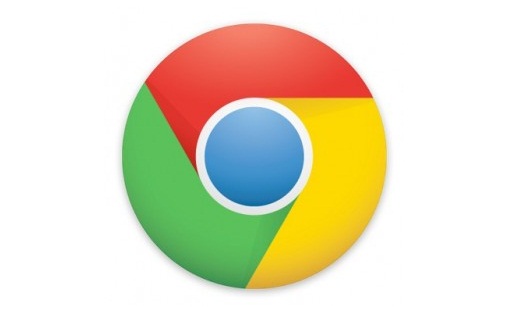

The latest additions to Google’s hardware lineup include the new Samsung Chromebox Series 3 desktop and a refreshed Samsung Series 5 550 Chromebook. Both are simple to use, consumer-oriented devices that depend on the cloud for the bulk of their application and storage capabilities.
The new devices became available on June 14 and we set to on our Chromebox review and Chromebook review. The machines only run Google’s Chrome operating system, which comes with a mandatory agreement to accept updates, something Google calls the “always new” computer experience.
Google’s approach is a not unreasonable way to prevent performance-robbing “bit rot” that affects most Windows-based systems, when a mish-mash of drivers, application settings and orphaned files degrade system reliability.
While testing both systems in our lab, we found that the tight coupling of the Chrome app store with the Chrome operating system left little room for application conflict or end-user configuration errors.
The Chromebox uses a 16GB solid-state drive (SSD) and comes with 4GB of RAM and an Intel Celeron B840 dual-core (1.9GHz) processor. I tested the unit with a 19-inch Hewlett-Packard monitor. The graphics hardware is rated to support up to a 30-inch display.
The Samsung Chromebox offers plenty of connectivity options. The unit supports Bluetooth and comes with six USB ports, a Digital Video Interactive (DVI) port and two DisplayPort Plus ports, which can be used to connect to an HD TV. The fanless design is well-suited for space-constrained environments where performance and robust support for productivity applications is a secondary concern.
Applications for Chrome devices are downloaded from the Chrome Web Store. I was able to add applications and browser extensions from the store and then access them by simply logging on to either the Chromebox or the Chromebook. While I’m a big fan of Google apps like Docs and Calendar, most enterprise users will need to find workarounds to get the traditional and widespread applications such as Word to work on Chrome devices.
Organizations that use Citrix to host applications can use the Citrix Receiver on Chrome to access these applications. Last year, Ericom released AccessNow, a Remote Desktop Protocol application that runs on Chrome and provides an RDP client that enables end users to connect to remote Windows desktops and applications.
Most IT managers will find that while these apps provide much of the access end users want, the management framework to ensure that governance and security requirements are followed are still in the earliest stages of development.
The second-generation Samsung Chromebook comes in a fairly slim, lightweight Samsung case and is built around an Intel Celeron 867 dual-core processor with a 16GB SSD and 4GB of RAM.
Unlike the latest Apple MacBook systems, the Samsung Chromebook 550 also has an RJ-45 wire-line port in case a wireless network is unavailable or unable to provide enough bandwidth.
The device has a bright 12.1-inch matte screen that I found easy to use for hours at a time. Combined with the always-on Wi-Fi connection, users of the new Chromebook can comfortably spend a whole day browsing the Web, checking email and participating in social media conversations.
And the Samsung Chromebook Series 5 550 is the very first laptop I have ever used (including the MacBook Air) that correctly dissipates heat in the center rear of the device, thus minimizing leg and wrist discomfort by keeping warmth away from body contact areas. Overall, it has proved to be a very pleasant little laptop.
How well do you know the cloud? Take our quiz!
American space agency prepares for testing of Boeing's Starliner, to ensure it has two space…
As UK and Europe develop closer military ties, European Commission says it will invest €1.3…
Zuckerberg seeks to revive Facebook's original spirit, as Meta launches Facebook Friends tab, so users…
Notable development for Meta, after appeal against 2021 WhatsApp privacy fine is backed by advisor…
First sign of shake-up under new CEO Lip-Bu Tan? Three Intel board members confirm they…
Trump's nominee for SEC Chairman, Paul Atkins, has pledged a “rational, coherent, and principled approach”…